
In this unit, students are introduced to living things on Earth. They begin by exploring the differences between living and nonliving things and then investigate what plants and animals need to survive in their habitats. Now students take their understanding of animal habitats to then apply their understanding of the topic to consider how human shelter varies depending on where we live.

In the second unit of Kindergarten, students explore living things on Earth. They analyze the differences between living and nonliving things and then investigate what plants and animals need to live and grow. Following this, students explore human needs and activities and how those impact the planet.

In this unit, students explore how forces cause an object’s motion to change. They begin by exploring how objects move in different directions when they are pushed or pulled, and then investigate how changing the strength of a force changes the distance an object moves.

In the final unit of Kindergarten, students explore how forces and how different factors can affect an object’s motion. They explore how objects move in different directions when they are pushed or pulled, and then investigate how changing the strength of a force changes the distance an object moves. Finally, students discover how friction can change motion.

In this unit, students discover that pushes and pulls are forces that change the motion of an object. They begin by exploring how objects move in different directions when they are pushed or pulled, and then investigate how changing the strength of a force changes the distance an object moves. They then use a model to see how friction affects the distance and speed with which an object moves over a surface.
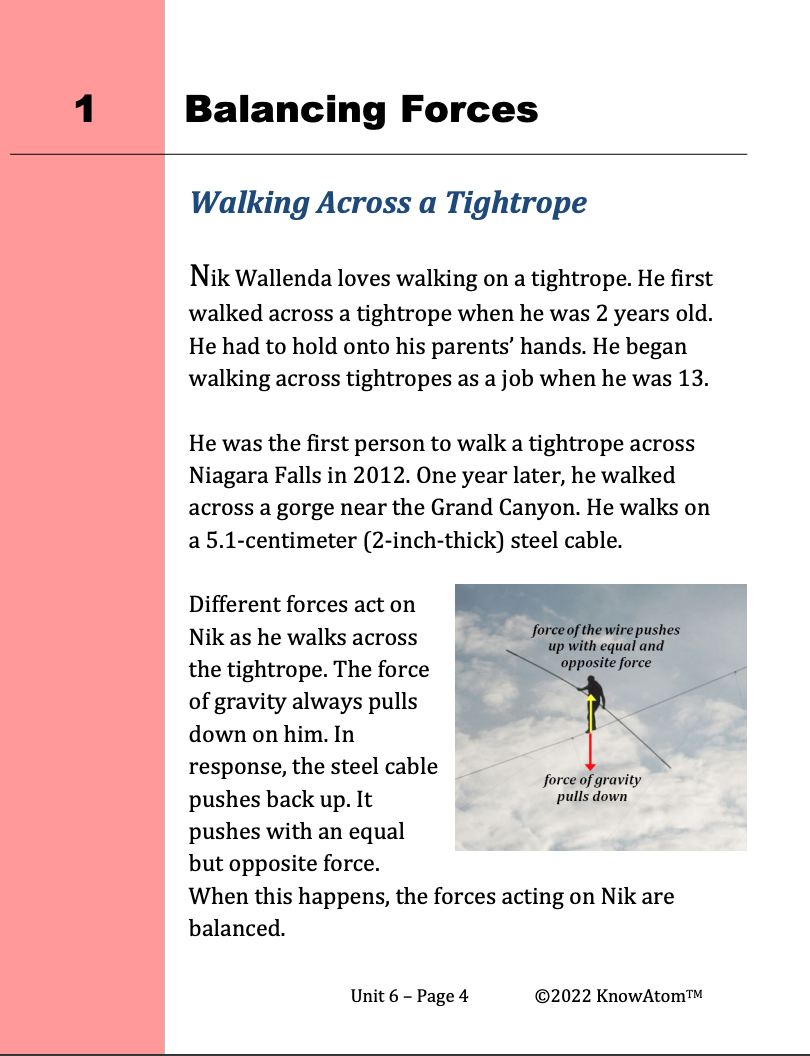
In this unit, students analyze the science phenomena of different forces that can act on all structures. They begin by exploring how forces act on different materials and shapes. They then use what they know about forces to design a skyscraper prototype in this lesson, evaluating how their design relates to the ability of the skyscraper to withstand the weight of the structure and the people on it, as well as the force of wind.
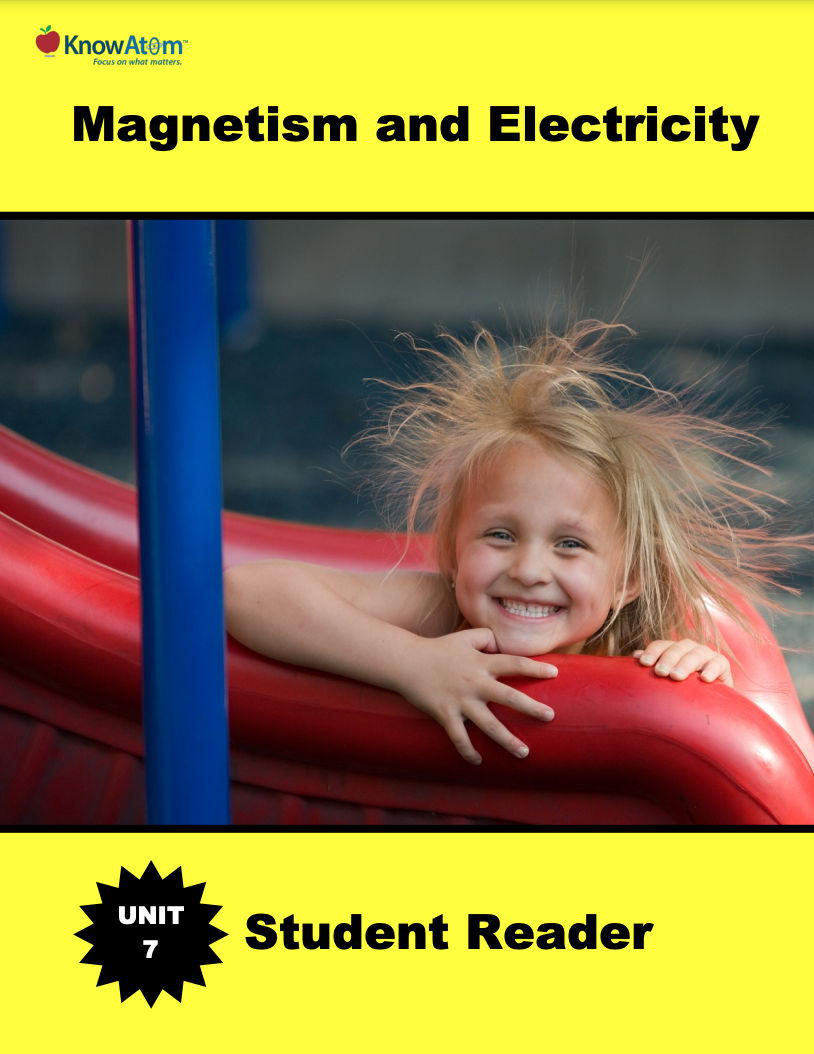
In this unit, students focus on the science phenomena of electric and magnetic forces. In this lesson, students build on their knowledge of forces by exploring electric forces. They analyze how materials can become either positively or negatively charged, and then use an electroscope to explore how opposite charges are pulled toward one another and like charges are pushed away from one another.
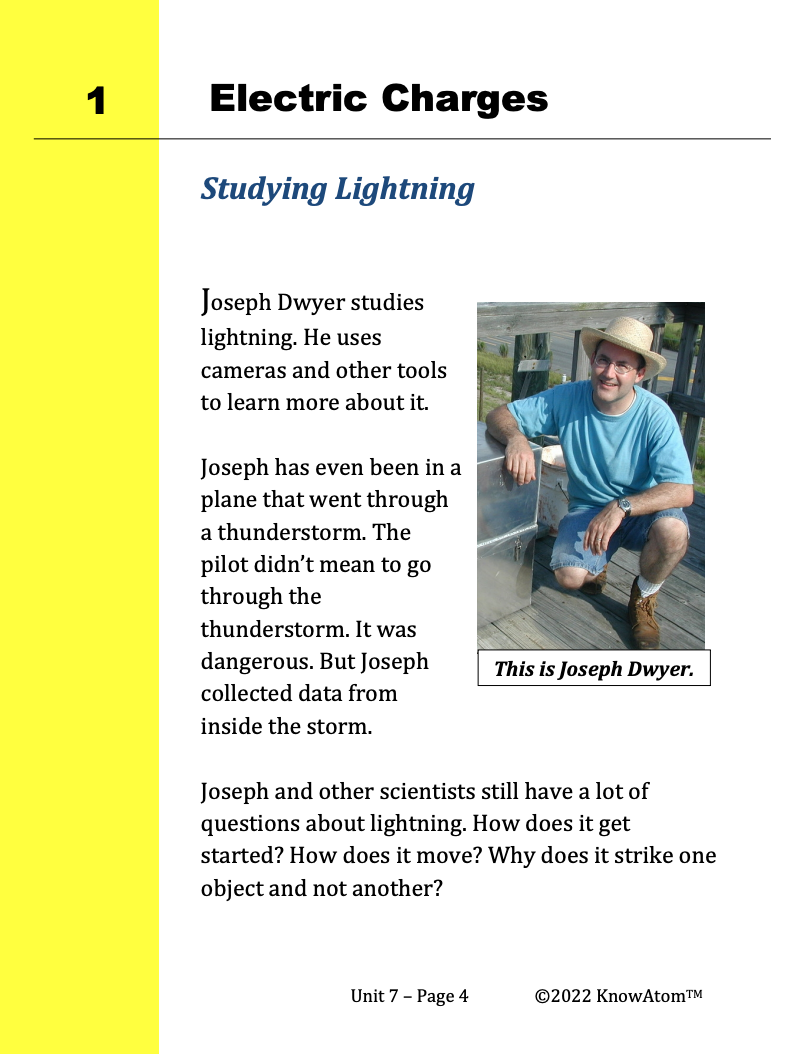
In this unit, students explore the science phenomenon of how materials can attract or repel other materials without touching them. In this lesson, they investigate how magnets can attract or repel certain objects within their magnetic field. This page highlights the key components of this lesson.
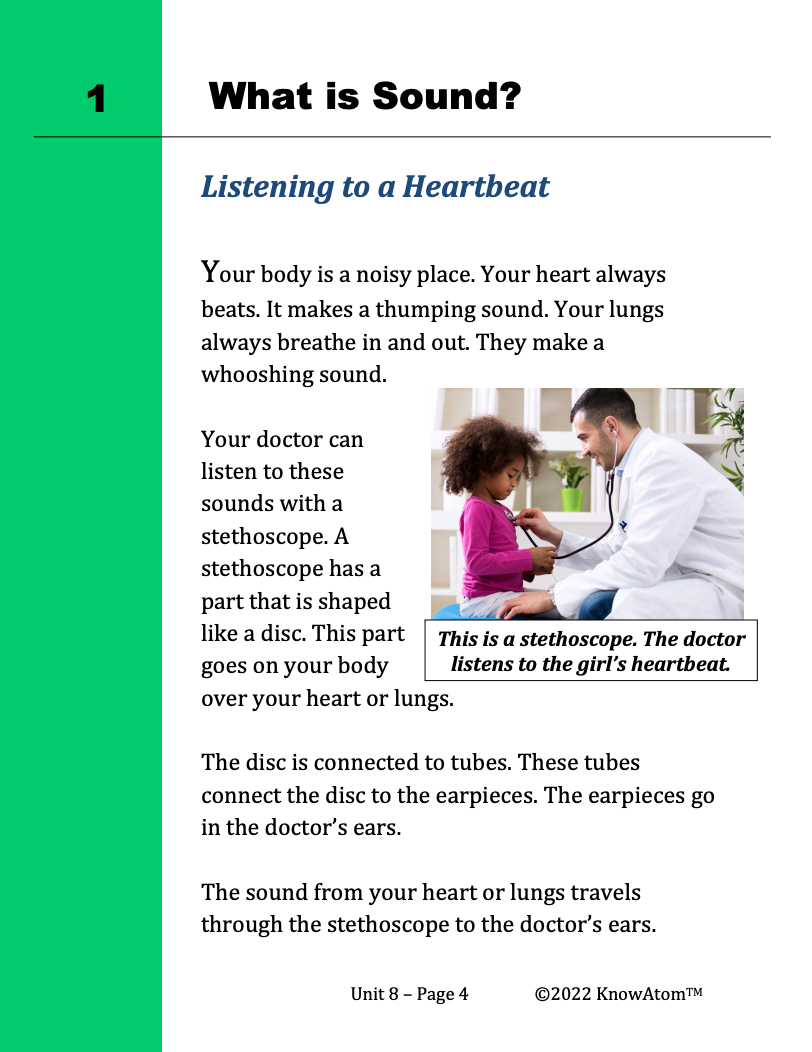
In this unit, students analyze the science phenomenon of how sound is a form of energy that travels through vibrating molecules. They test whether sound travels through both liquid and solid mediums and observe how sound makes sand particles vibrate. In this lesson, students apply their scientific knowledge of sound to an engineering challenge.
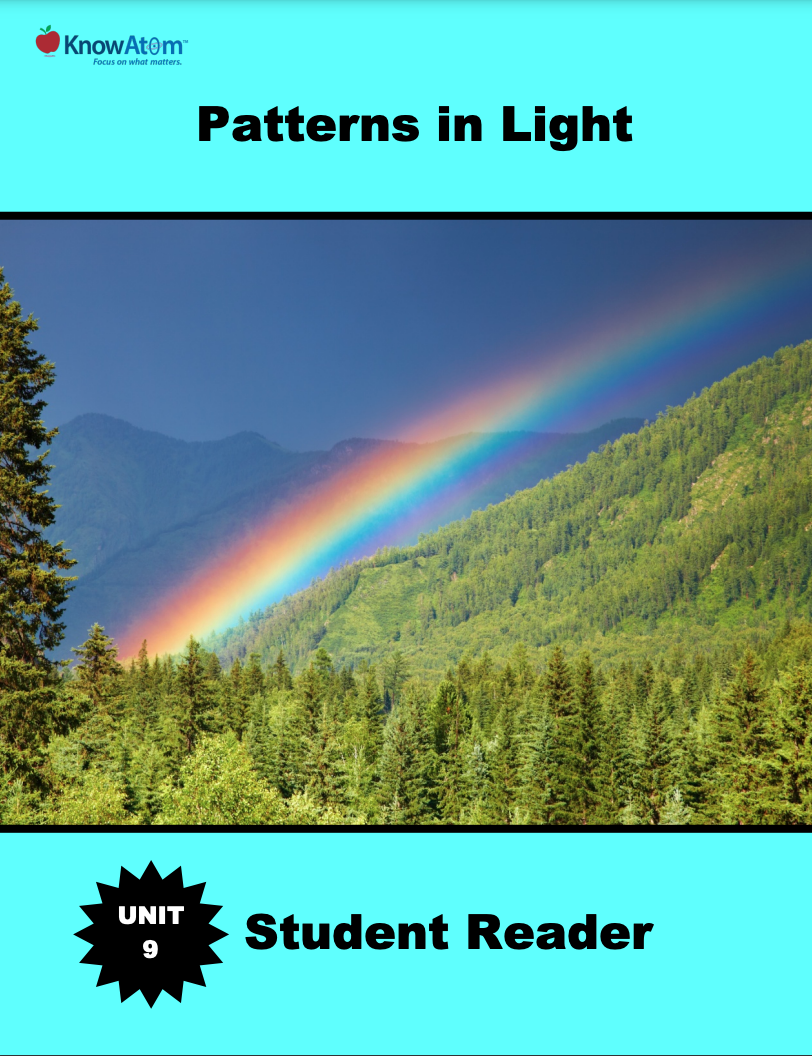
In this unit, students focus on the science phenomenon of light energy, investigating how it travels in a straight line and interacts with matter. Students apply their knowledge to design a prototype with mirrors and water that creates rainbows. This page showcases each component of the lesson.
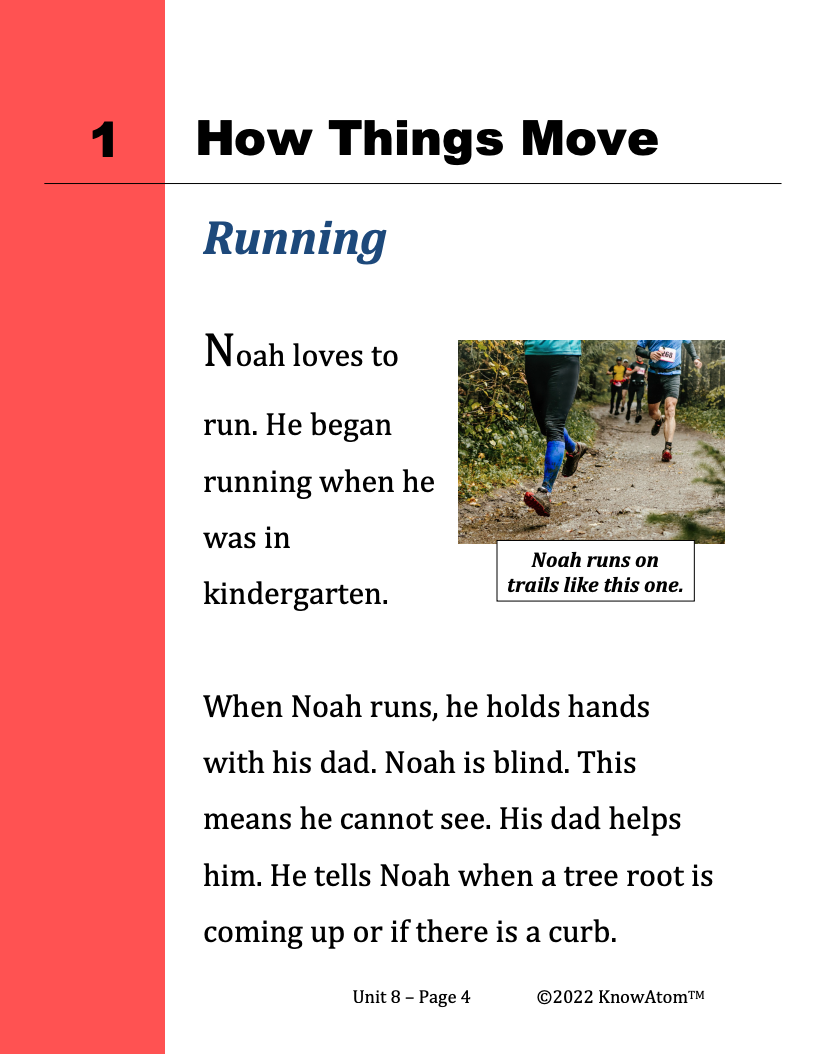
In this unit, students use propeller cars to explore the science phenomena of forces. They investigate action-reaction forces and see if a propeller car travels farther when its rubber band releases a smaller or larger force. Students then explore how friction affects motion by testing how far their car moves after rolling over smooth and rough surfaces.
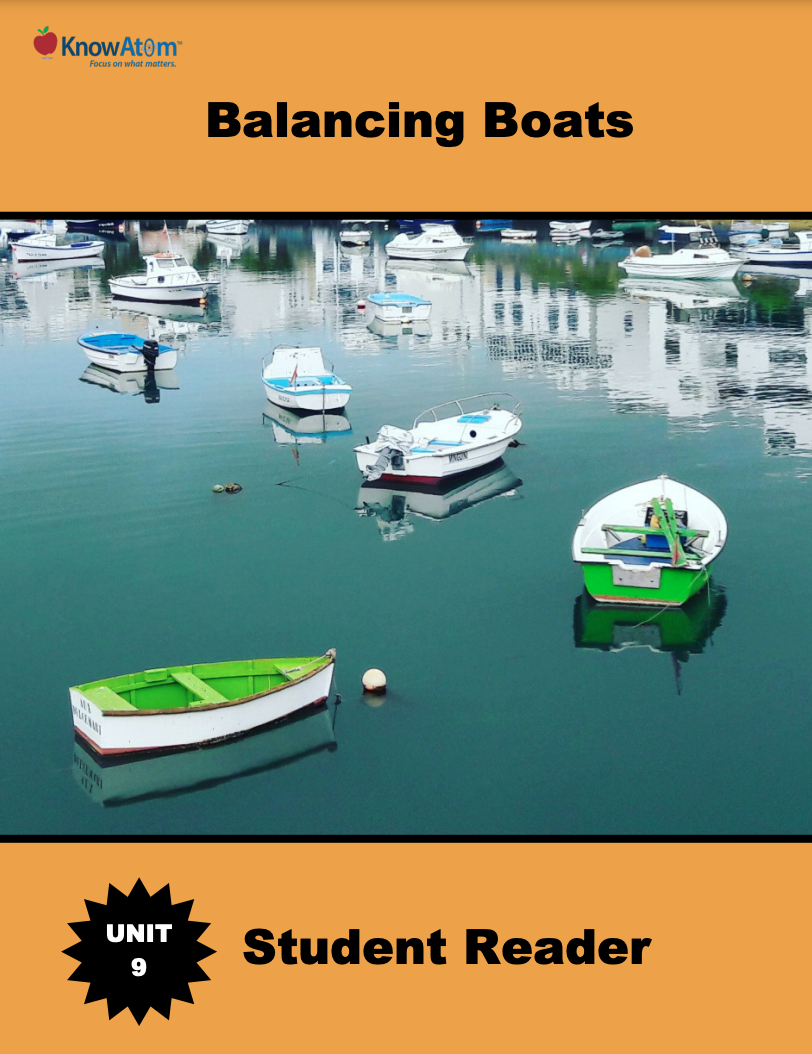
In the last unit, students used propeller cars to explore the relationship between forces and motion. In this unit, students continue to explore vehicles with a focus on boats and specifically the science phenomena of properties that cause objects such as boats to float or sink.
Standards citation: NGSS Lead States. 2013. Next Generation Science Standards: For States, By States. Washington, DC: The National Academies Press. Neither WestEd nor the lead states and partners that developed the Next Generation Science Standards were involved in the production of this product, and do not endorse it.
